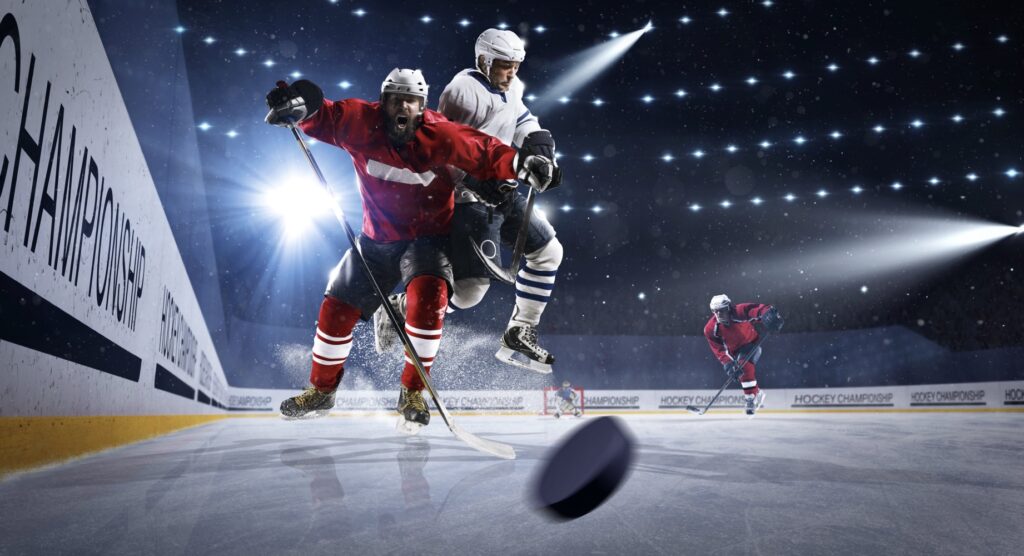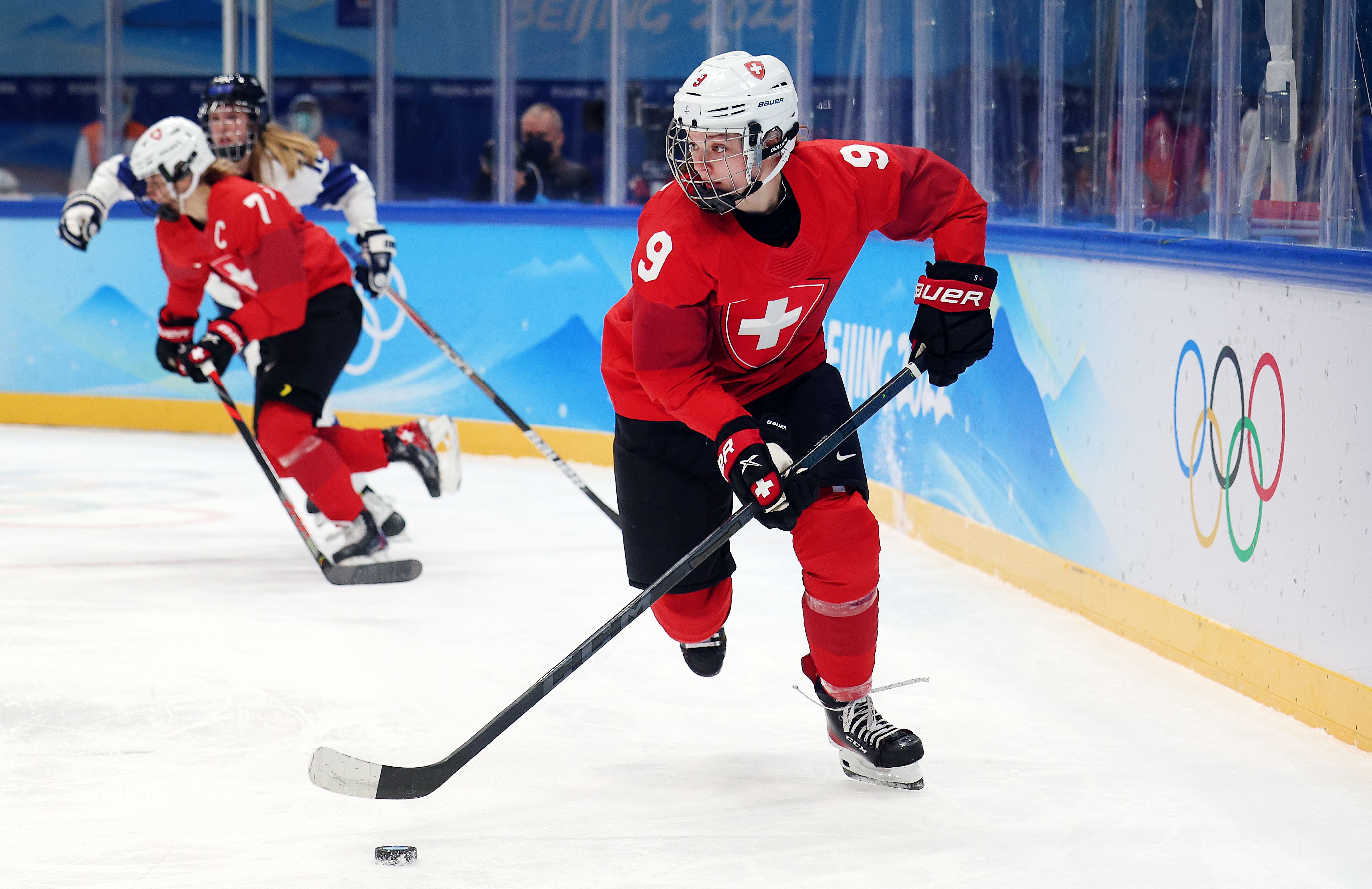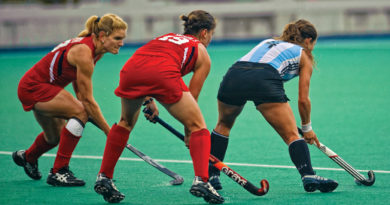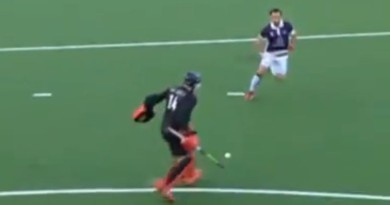How International Hockey Differs from NHL Hockey
International hockey is a sport that is played around the world and differs in some ways from the National Hockey League (NHL) style of play. The International Ice Hockey Federation (IIHF) governs international play and sets rules for the size of the ice rink, the number of players on each team, the types of penalties, and other aspects of the game. While many similarities exist between NHL and international hockey, several key differences set them apart.

Betting
With the evolution of sports betting, many people look for ways to make money by gambling on their favorite teams and sports. When it comes to hockey, however, one should be aware that the National Hockey League (NHL) and International Hockey Federation (IIHF) play two different games, which means that any bonus codes or special betting bonuses offered by BetMGM may not apply across the board.
For example, you might not be able to use a BetMGM Bonus Code for NHL if it applies only to IIHF. However, despite the differences, betting on international hockey can still be enjoyable with caution and understanding the rules governing each organization.
Icing
A few years ago, the National Hockey League took steps to increase player safety and bring their rules more aligned with what international regulations dictate by altering their icing rule. Rather than requiring a player to make contact with the puck for play stoppage, hybrid icing states that if they manage to surpass their competitor before reaching the end zone faceoff dot, then action is halted; this closely aligns with The International Ice Hockey Federation’s (IIHF) guidelines but does not exactly replicate them.
The IIHF has taken additional steps to ensure maximum safety, where almost no race for the puck is encouraged. In addition, when a puck is shot from the other side of the center ice’s red line and crosses over the goal line, it will be instantly whistled off as icing.
Trapezoid
The restrictive trapezoid that typically hinders goaltenders from playing pucks beyond their nets is nonexistent on international ice surfaces. As a result of this absence, Olympic audiences may expect to see some unique and wild goals as goalies become more daring with puck play or flounder in haste while trying to make it back into netting during scrambles out far. In addition, without any lines on the behind-the-goals sections of rinks at the Olympics, goalies will be permitted to move about their realms freely!
Checking the Head
Compared to the NHL, international rules for headshots are much more intense. Within North America, referees can decide upon a minor or major penalty according to how severe the check was. Pursuant with match penalties and game misconducts as possible consequences too.
As per IIHF regulations, any minor infraction for checking to the head is accompanied by a 10-minute misconduct penalty. Furthermore, game misconduct accompanies all major penalties. Similar to NHL rules, initial contact must be made with the head for this call to pass – if first contact occurs on the chest and slides up towards the head, it will not count as an offense.

Fighting
Fisticuffs are strictly prohibited at the Olympics. The International Ice Hockey Federation is far more stringent on brawling than any other hockey league, as in-game fighting results in an immediate ejection and game suspension – no five minutes here! So while it’s true that a fight can fire up fans during NHL games, don’t expect to see them happen amongst Olympic competitors.
Players do not have to fret about equipment glitches leading to misconduct in international games, as there is no tie-down rule. However, any individual involved in an altercation under the International Ice Hockey Federation regulations will be immediately ejected from the game and given a match penalty.
Shootout
After the 2004-05 lockout, the NHL welcomed the shootout to guarantee a victor for each game that was still tied after five minutes of overtime. Despite this, there wasn’t any eagerness to include it in Stanley Cup playoffs; under international hockey rules, shootouts can always be used as a resolution.
A shootout will decide all round-robin games following five minutes of three-on-three overtime. All elimination games (except for the ultimate gold medal game) are resolved with a 10-minute four-on-four period before calling it to sudden death. However, if you make it to the gold medal match, expect 20 minutes of exhilarating four-on-four play to grab that golden win without resorting solely to those tricky shooting skills competitions!
An interesting difference between the NHL and other international games is that after each team uses its first three shooters, a coach can choose to designate players for as many additional shooting rounds. T.J. Oshie’s performance from the 2014 Olympics is an exemplary case: He scored during his initial round but then proceeded to have five extra shots before leading his American side to victory over host country Russia!




